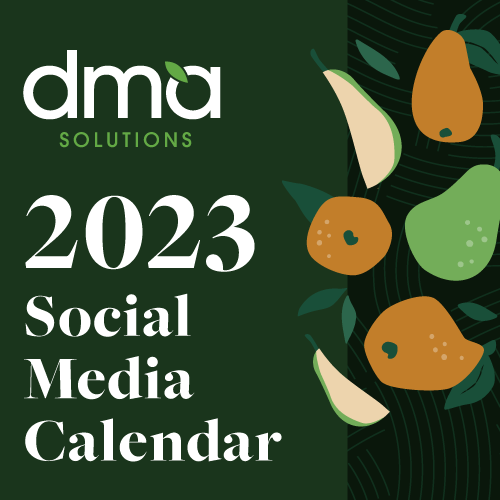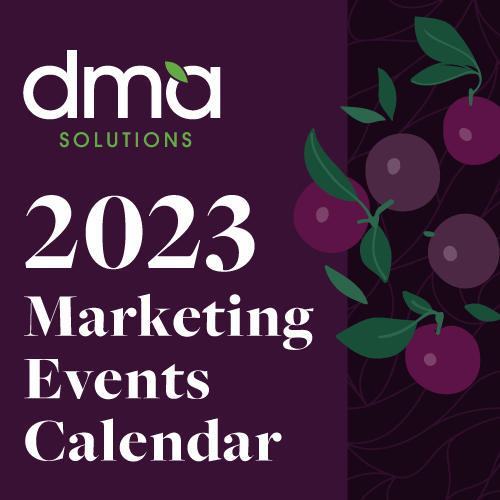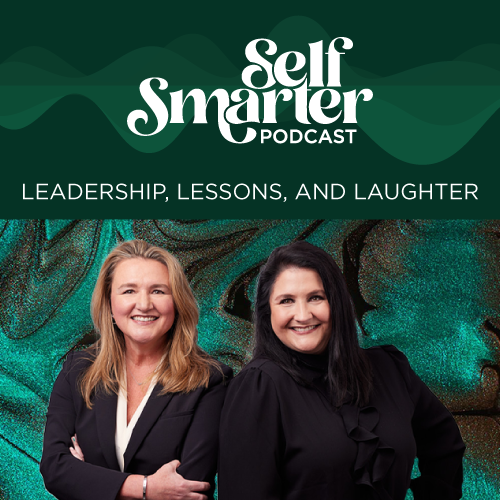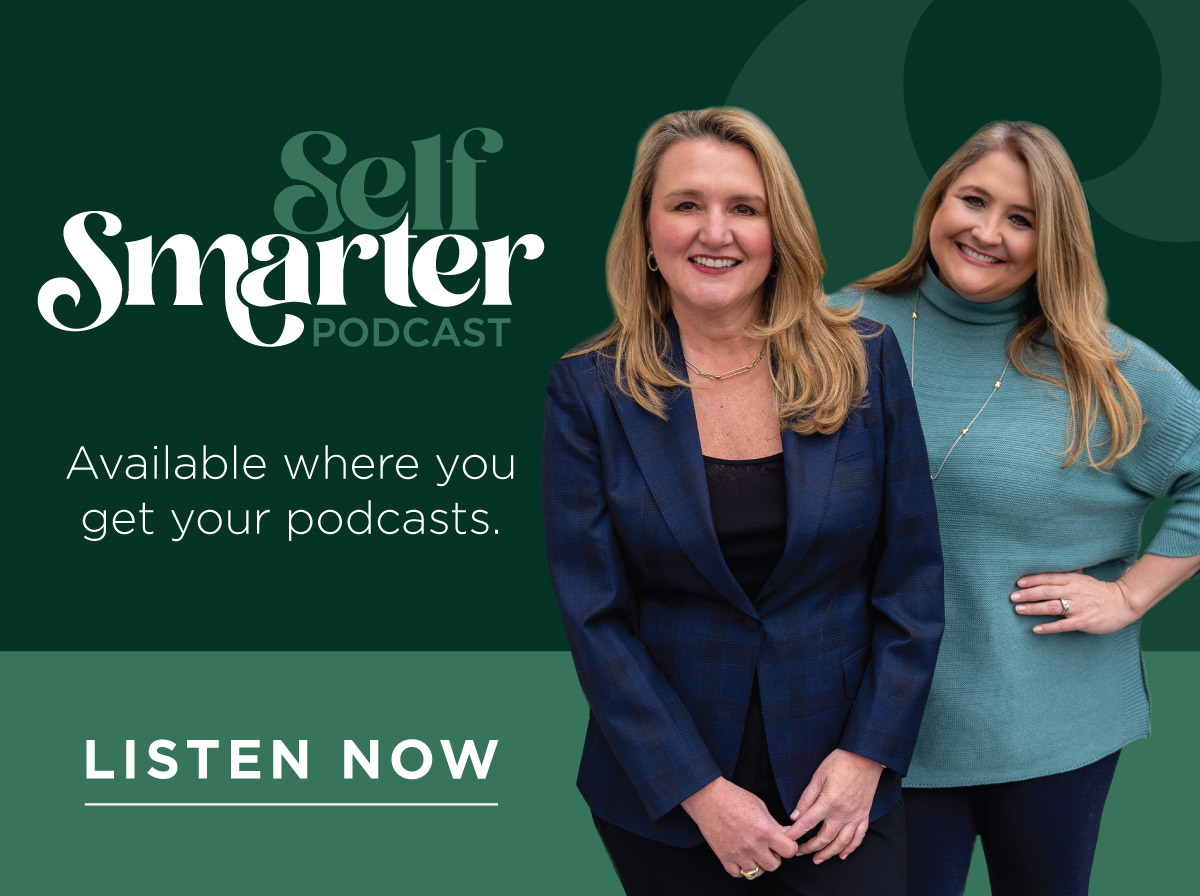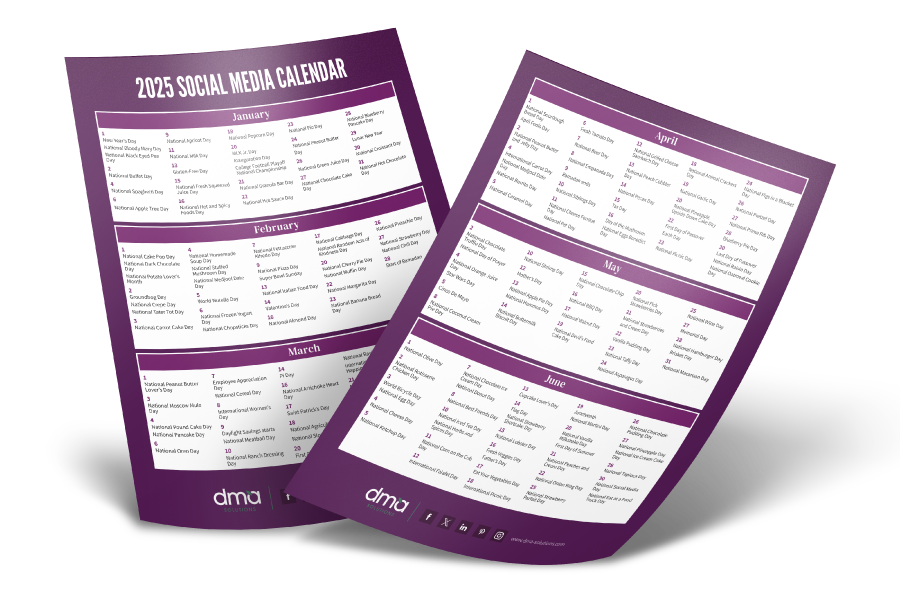Whether your brand has a robust database or you are still building out your lists, a strategic approach to email campaigns should be a must-have for your marketing plan.
Benefits of Email
Naysayers out there may tell you that “email is dead,” but in reality email is alive and thriving! In fact, email nets a higher conversion rate than search and social—combined! Your contacts have already qualified themselves through engagement with your brand or by requesting to hear more from you—this is an opportunity to create loyalty for your brand. Don’t disappoint; give them what they’re looking for!
How to Get Started with Your Email Campaign
Identify Your Target Audience
If you already know who your audience is and have built out an understanding of their interests, values and lifestyles, then kudos to you! This is an important step toward improving your efforts—and increasing the bang you get for your marketing buck. Take it one step further and use these 5 tricks to determine your target market.
If you have not yet delved into who your audience is, this is where you should start your email campaign strategy:
- What audience (or audiences) do you want to reach? Are you looking for moms with young children, empty nesters, college students? A clear understanding of who your audience is allows to approach your campaign from their perspectives.
- What topics are important to your audience? Do ease and convenience impact your audience’s decision making? What about nutrition, sustainability or authenticity? Elements that are important to your audience can be elevated in your email copy to better connect with your contacts.
- What topics are important to your brand? The topics that are of value to your brand are as important as the values of your audience: creating awareness and clear communication around your brand’s values will help grow your database of contacts with similar values.
Create a Schedule
Taking the time to outline the activities associated with your email strategy will help ensure that you stay on track with your plan—and that you are capitalizing on all possible opportunities for your brand.
- Note important dates for your brand (change of crops, harvest, tradeshows, company milestones, etc.)
- Note important dates for your audience (back to school, spring break, etc.)
- Note holidays and other major events (Super Bowl, award show season, mother’s day, etc.)
Start Drafting Your Email Copy
This is where the hard work of your audience research comes in; now you can tailor your copy to the audience you want to reach. For example, if you focused on Generation Z and Millennials, you’ll probably want a more casual tone to your email, throwing in some playful language that helps convey the key messages of the email. Make sure to consider:
- Visual elements: How do the visuals you use in your email impact the message you are sending? Is there consistency along with your other marketing campaigns and brand standards?
- Calls-to-Action: What is the ultimate goal of your email? Is it to spark further conversation with a trade contact, or to encourage consumers to learn more about recipes and uses of your product? Be sure to specifically invite your audience to take this action! We recommend focusing on one action per email, so your reader doesn’t become conflicted on which action they should be taking—in which case they may take none.
Other Things to Consider
- A/B testing: Give yourself insights into the best approach for a specific audience with A/B testing. By creating variables in your email, you can measure the effectiveness of each, eventually building a collection of best practices for engaging with your unique audience.
- Utilizing Workflows: Are the emails you are creating centered around evergreen content, which may be of value for other audiences and can be used for numerous occasions? Creating evergreen workflows can automate engagement with minimal effort. They can be triggered by a variety of events such as website page visits, email opens or unopens, and many other ways your contacts are engaging with your brand.
Now that you have an outline for approaching emails on behalf of your brand, we hope you dive in and get started. We would love to hear your questions and success stories around email campaigns!
Have more to add? Leave us a comment below, or tweet to us at @TheCoreBlog!
{{cta(‘bcd8a198-582f-4f95-bbc3-fd4254518f02’)}}

